History Of Indian Roupies During The French Colonial Period From 1919 To 1945
India – One of the largest countries not only in area but also in population. When talking about this country’s history, the colonial period – everyone will think of the British Empire that dominated this mysterious land. However, due to its vastness as well as India’s role in South Asia, this country was also looked at by other empires, not only Britain but France as a typical example. From 1919 to 1945, France, desiring its influence in India, issued colonial notes there for use.
Introduction To The Indian Rupee In French Colonial Territories (1919-1945)
The period from 1919 to 1945 marked a significant chapter in the history of the Indian Rupee, particularly within French colonial territories in India. These territories, which included Pondicherry, Karaikal, Mahe, and Yanam, experienced a unique economic and monetary landscape shaped by both colonial policies and global events. The end of World War I in 1919 ushered in changes in colonial economic strategies that impacted the circulation and value of the Indian Rupee in these regions.
Amidst this backdrop, the French administration sought to consolidate its financial systems while navigating the complexities of international trade relations, economic depressions, and the eventual upheaval caused by World War II. The rupee’s journey during this era was marked by fluctuations that mirrored global economic trends and local administrative decisions. This period also saw attempts at monetary reforms and efforts to stabilize local economies through currency intervention strategies.
The nuances of these efforts reveal much about the colonial economic ambitions in French India and their impacts on local financial practices.
Economic Policies And The Role Of The Indian Rupee During French Rule
During the French colonial period from 1919 to 1945, the Indian Rupee played a pivotal role in shaping economic policies and facilitating trade within and beyond French territories in India. This era was marked by significant economic shifts influenced by global events such as the Great Depression and World War II. The French authorities implemented various economic strategies to maintain the stability of their colonies, with the Indian Rupee at the center of these efforts.
The currency facilitated not only local transactions but also served as a crucial medium for international trade, especially in regions under French control. The colonial administration worked to control inflation and stabilize the economy through monetary policies that directly impacted the value and circulation of the Indian Rupee. Such measures included regulating silver content and managing exchange rates against global currencies.
Moreover, the Indian Rupee’s role extended beyond mere currency; it symbolized French economic influence in South Asia. The colonial regime’s manipulation of its value reflected broader strategies to integrate Indian territories more closely into global capitalist markets while securing resources essential for wartime economies during periods of global conflict.
The Transition Of The Indian Rupee Post-French Colonial Period (1945 Onwards)
The transition of the Indian Rupee post the French colonial period, starting from 1945, marked a significant phase in India’s economic history. With the end of French colonial influence and the subsequent rise of India’s push for independence, the Indian Rupee underwent substantial changes, reflecting broader shifts in governance and economic policies. The period saw India grappling with the economic aftermath of World War II and laying down foundational structures for a sovereign economy.
Picture: http://www.banknote.ws/COLLECTION/countries/ASI/FID/FID.htm
The rupee, as a currency, became a central tool for newly independent India to express its sovereignty and to facilitate its integration into the global economy.
The Reserve Bank of India took on more pronounced roles in managing the currency, implementing monetary policies aimed at stabilizing and strengthening the rupee amidst post-war reconstruction efforts and later developmental plans. This era also witnessed initial steps towards central banking mechanisms, currency regulation, and financial inclusion strategies that would define India’s economic landscape. The transition was not merely symbolic but represented a reorientation from colonial economic dependencies towards an autonomous financial governance structure.
References
[0]
“History of the rupee – Wikipedia”, en.wikipedia.org, Unknown, https://en.wikipedia.org/wiki/History_of_the_rupee, Web, Accessed 20. Apr 2024
[1]
“Indian rupee – Wikipedia”, en.wikipedia.org, Unknown, https://en.wikipedia.org/wiki/Indian_rupee, Web, Accessed 20. Apr 2024
[2]
“La Moncloa. History of Spain [History]”, lamoncloa.gob.es, Unknown, https://www.lamoncloa.gob.es/lang/en/espana/historyandculture/history/Paginas/index.aspx, Web, Accessed 20. Apr 2024
[3]
“Rise of the Indian Rupee”, drishtiias.com, Unknown, https://www.drishtiias.com/daily-updates/daily-news-editorials/rise-of-the-indian-rupee, Web, Accessed 20. Apr 2024
[4]
“Chapter 4: The Big Cycles of the Dutch and British Empires and Their Currencies”, linkedin.com, Unknown, https://www.linkedin.com/pulse/big-cycles-over-last-500-years-ray-dalio, Web, Accessed 20. Apr 2024
[5]
“The CFA Franc: French Monetary Imperialism in Africa | | Africa at LSE”, blogs.lse.ac.uk, Unknown, https://blogs.lse.ac.uk/africaatlse/2017/07/12/the-cfa-franc-french-monetary-imperialism-in-africa/, Web, Accessed 20. Apr 2024
[6]
“British Raj – New World Encyclopedia”, newworldencyclopedia.org, Unknown, https://www.newworldencyclopedia.org/entry/British_Raj, Web, Accessed 20. Apr 2024
[7]
“British Colonial Rule in Sub-Saharan Africa – African Studies – Oxford Bibliographies”, oxfordbibliographies.com, Unknown, https://www.oxfordbibliographies.com/display/document/obo-9780199846733/obo-9780199846733-0019.xml, Web, Accessed 20. Apr 2024
[8]
“Rationale for the return of the global rupee – Gateway House”, gatewayhouse.in, Unknown, https://www.gatewayhouse.in/rationale-return-global-rupee/, Web, Accessed 20. Apr 2024
[9]
“Empowering the Indian Rupee: Internationalisation as a Catalyst for Economic Growth and Global Integration”, linkedin.com, Unknown, https://www.linkedin.com/pulse/empowering-indian-rupee-internationalisation-catalyst-vivek-irs, Web, Accessed 20. Apr 2024
[10]
“Money for Africa and Money in Africa: Colonial Currencies and the Making of Economies and States, 1860s-1960s | African Studies Review | Cambridge Core”, cambridge.org, Unknown, https://www.cambridge.org/core/journals/african-studies-review/article/money-for-africa-and-money-in-africa-colonial-currencies-and-the-making-of-economies-and-states-1860s1960s/03E1D3FBD44A20A7160D1960CB1C1C32, Web, Accessed 20. Apr 2024

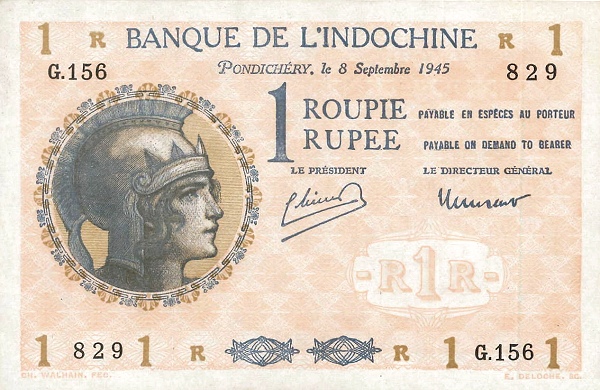
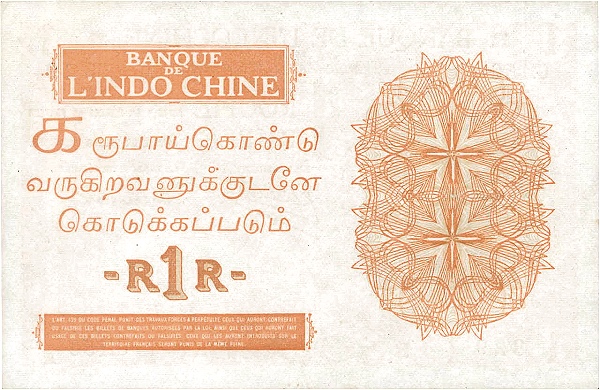
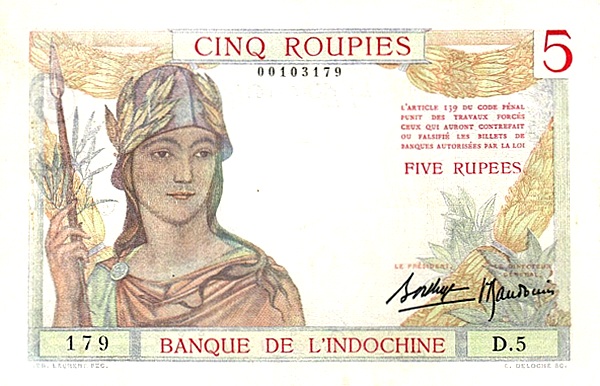
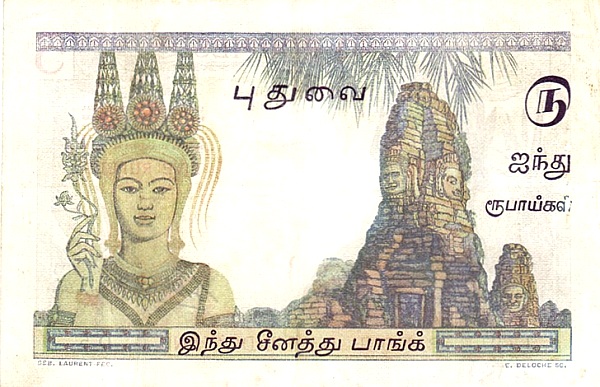
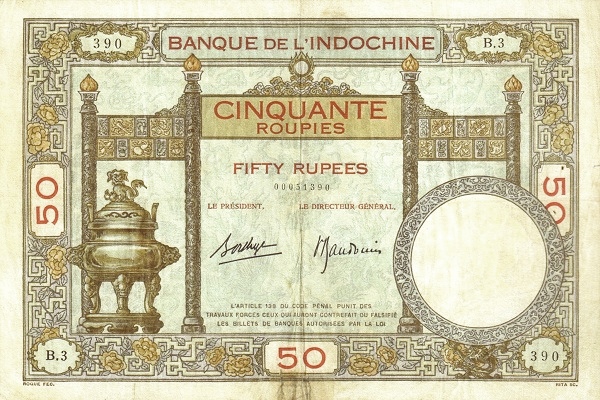
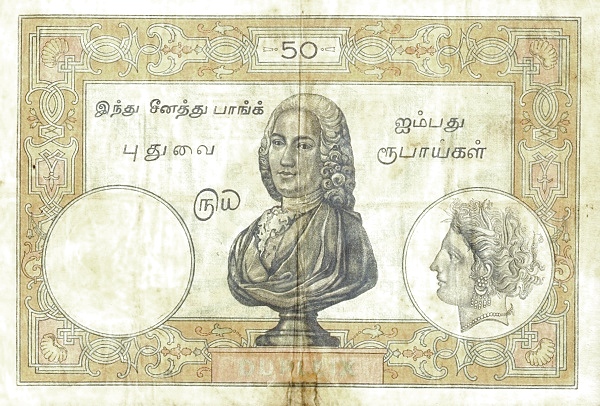
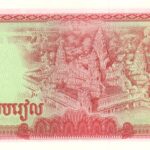
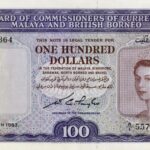

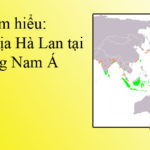
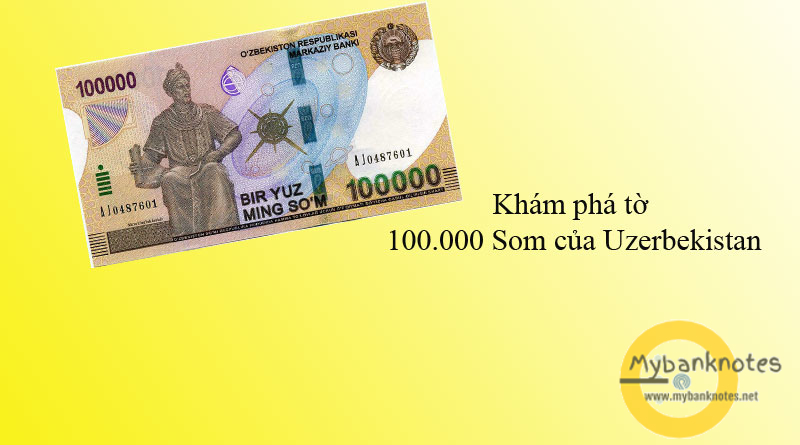
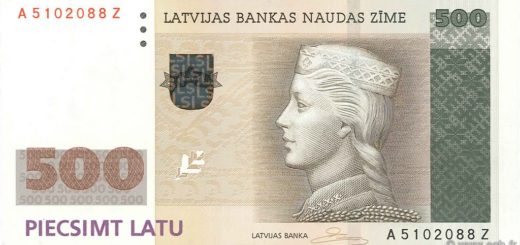






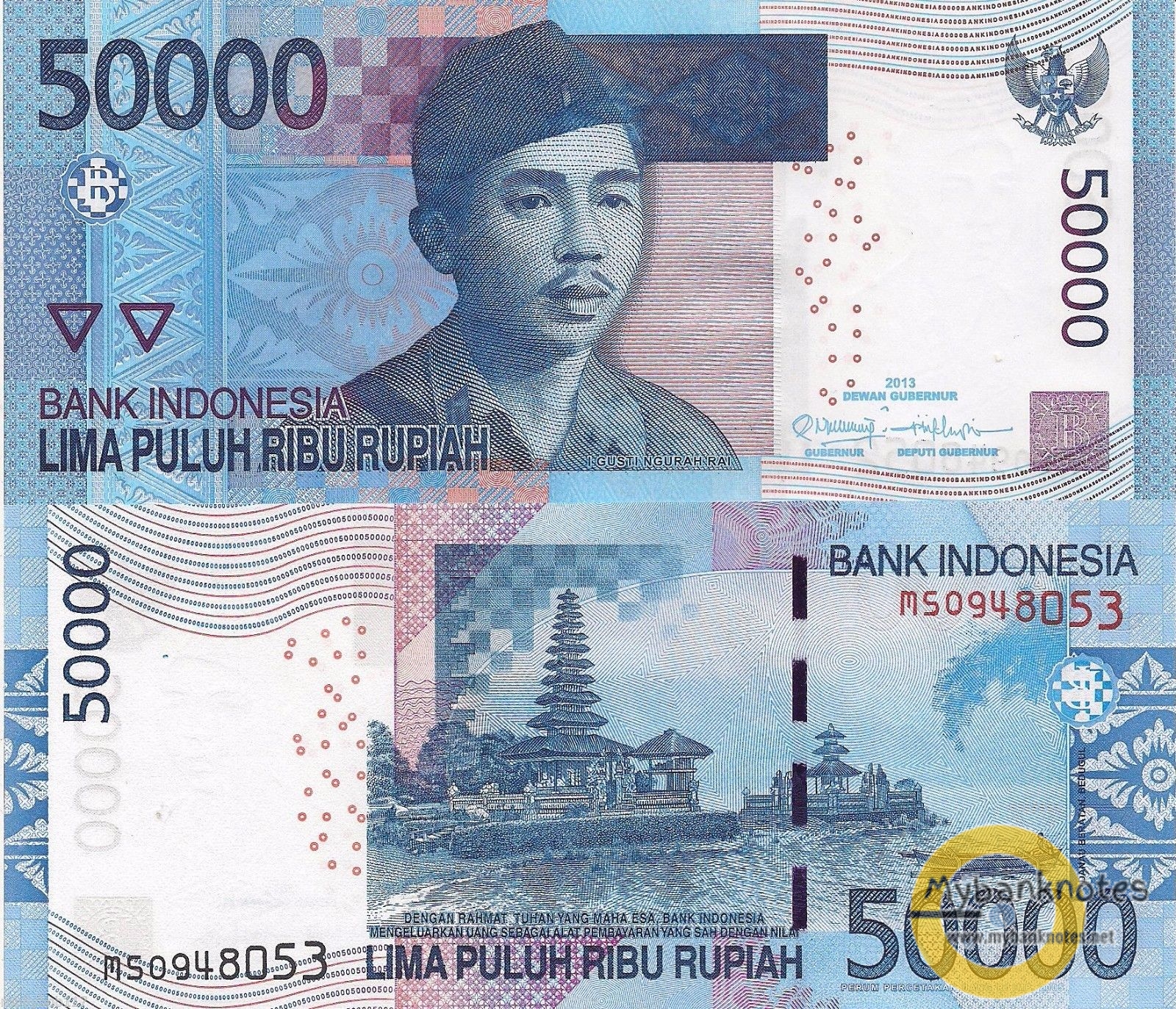

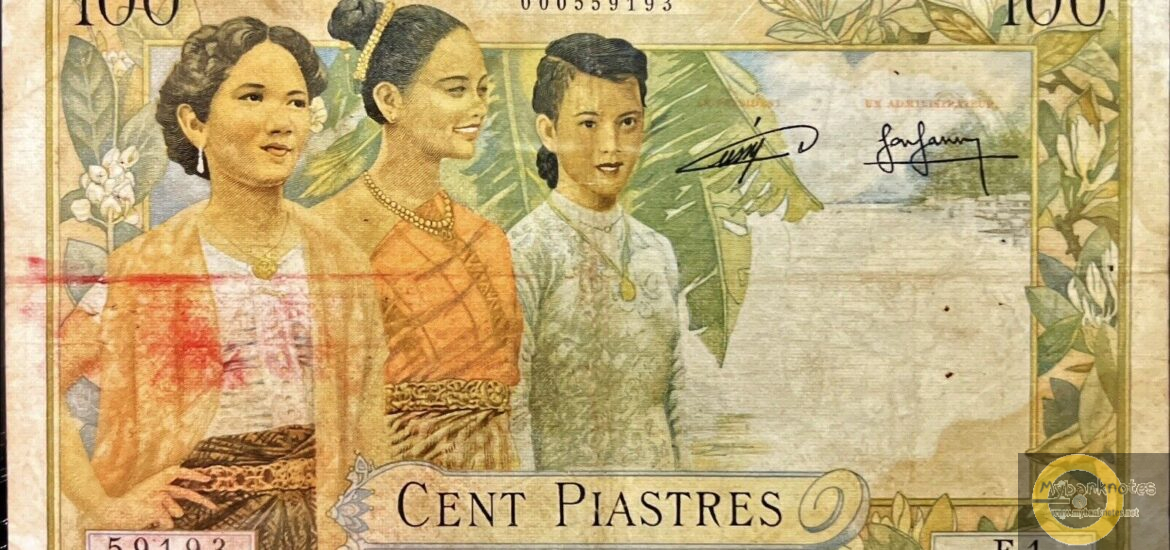
These bills are very difficult to find and their prices are not cheap. Unfortunately I don’t have any in my collection yet.
It is difficult to find them with such perfect quality at a low price because they only exist for a short time and are destroyed.
They look similar to French banknotes in Indochina countries like Vietnam or Cambodia, with the only difference being the name and value of the money. But anyway I think they will be very expensive.